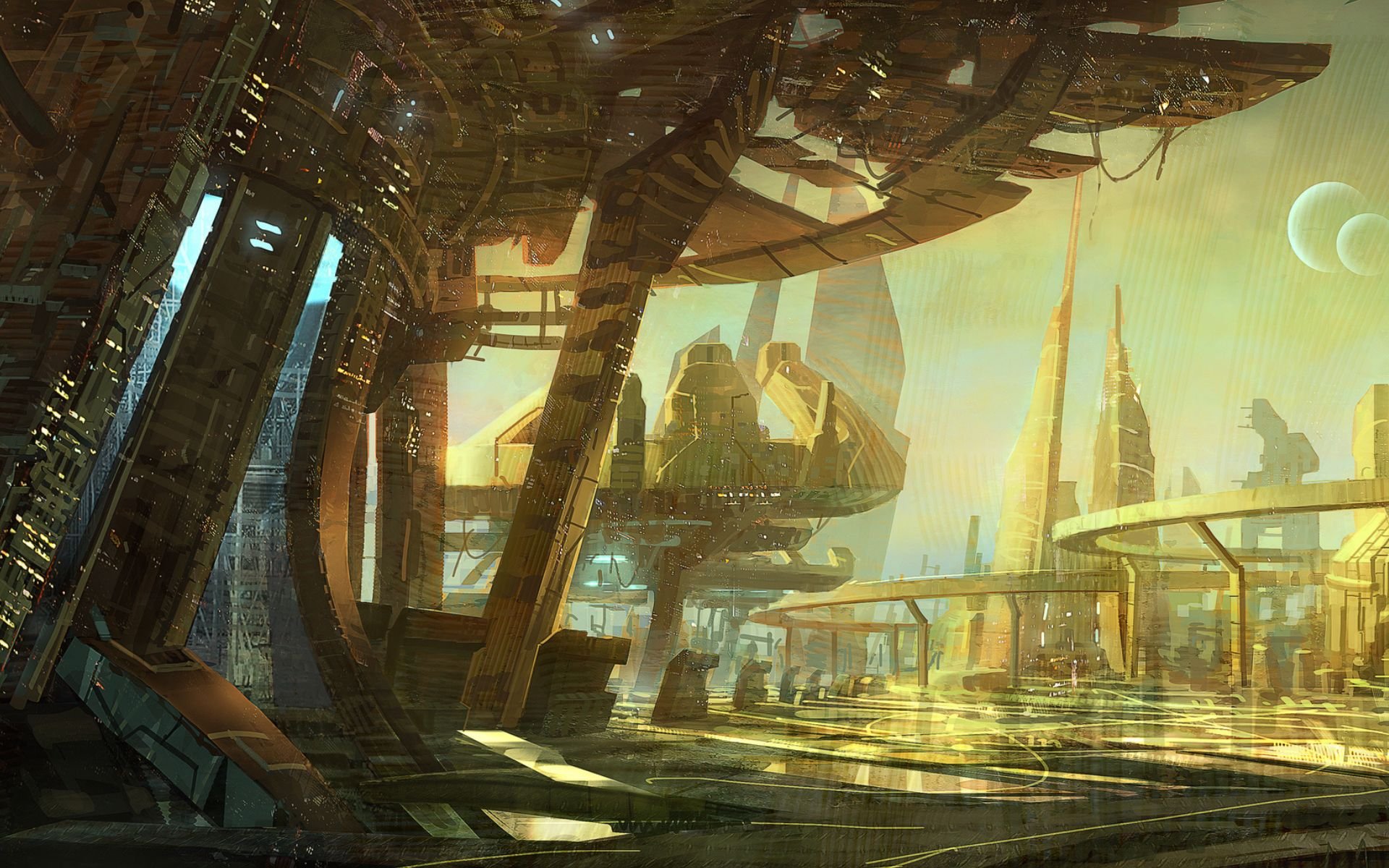Over the centuries following the emergence of modern science, research into the Universe has revealed to scientists an indisputable truth: Planet Earth isn’t necessarily special. Long thought to be motionless and central to the Cosmos, our planet is just one of many planets and celestial bodies orbiting the Sun.
Our Sun is a regular and extremely common star, one of hundreds of billions of stars in the Milky Way. The Milky Way itself is just one of approximately 2 trillion galaxies scattered across the vast expanse of what we know as the observable universe.
Because the world is full of life, including intelligent humans with innovative and creative technological capacities, Wouldn’t it be logical to conclude that everything common here is abundant in the universe?
With such a wide variety of exoplanets already discovered (we’re already over 5,000) and so many others routinely discovered, it’s inevitable to consider how many of them could harbor life, even intelligent life. How exotic could life forms in other corners of the Galaxy and Universe be?
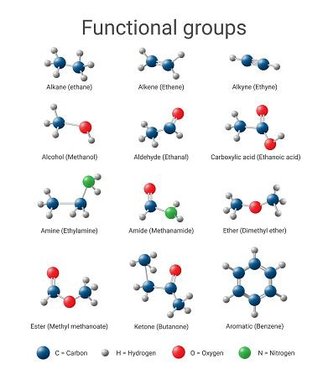
Life as we know it here on Earth is based on chains of carbon atoms. This is probably no coincidence: Carbon is one of the most abundant elements in the periodic table and one with the richest chemical properties. Other elements associated with life (hydrogen, oxygen, and nitrogen) are also abundant in the Cosmos.
Another important ingredient Water in liquid form is necessary to allow biochemical reactions, it is necessary to play the role of solvent. There is no shortage of water on most extrasolar planets, but it almost always freezes or evaporates if the planet is too far or too close to the star.
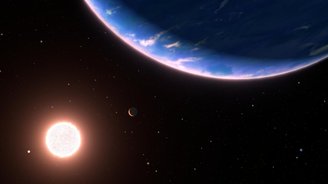
Astronomers predict Approximately 20% of stars in the Milky Way contain Earth-sized planets with surface temperatures that allow the existence of liquid water.. If we extend this logic to the Universe out of the 1022 stars that exist in the observable universe, this would be equivalent to approximately 1021 potentially habitable planets.
Yes, there are many planets. However, it is more difficult to determine the number of these planets actually inhabited by living creatures. Again, as we know, living organisms are characterized by their ability to reproduce and undergo Darwinian evolution.
Once evolution begins, species reproduce and adapt to environmental changes. This makes life quite resilient: Life on Earth has survived a series of catastrophic climate changes caused by asteroid impacts, massive volcanic eruptions, and various other adverse events.
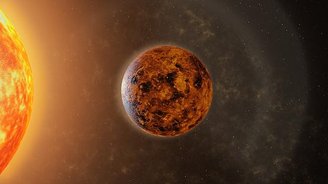
However, for evolution to progress, the first living organism had to form somehow. How this could happen is currently one of the greatest mysteries and the subject of ongoing scientific debate. Life is thought to have begun with a relatively short chain of molecules capable of self-replication. However, the probability of such a chain forming by chance from inanimate matter is extremely small.
Another obstacle on the path of life is the origin of the genetic code and the complex molecular mechanism that produces the proteins from which all living organisms are composed, following the instructions encoded in DNA.
We cannot rule out the possibility that, to our knowledge, the variations required for the evolution of life are so rare that life on Earth is the only evolved life in our entire cosmic horizon.
Alternative forms of biochemical configurations have also been proposed by astrobiology as hypotheses regarding different forms of life beyond Earth. For example, life could consist of silicon instead of carbon, and ammonia could be used instead of water as a solvent.
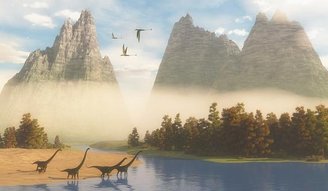
Despite Although primitive life is abundant in the universe, its chances of evolving to the point where it develops intelligence are even less clear.. We can confirm this here: Dinosaurs roamed the Earth for more than 150 million years and did not develop a technological civilization. Millions of other species can be given as examples.
It’s possible that soon humanity will have a better idea of how common life (in all its forms) is in the Universe. Scientific research has exponentially increased observational programs searching for signs of life in the Cosmos, moving ever closer to new fundamental answers about our existence.
Source: Tec Mundo
I’m Blaine Morgan, an experienced journalist and writer with over 8 years of experience in the tech industry. My expertise lies in writing about technology news and trends, covering everything from cutting-edge gadgets to emerging software developments. I’ve written for several leading publications including Gadget Onus where I am an author.






